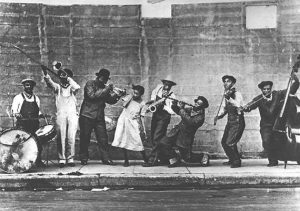February 21, 2018
by ahson21
Comments Off on The Vampires of New Orleans
The idea of vampires has been around for centuries. The topic has been explored on numerous occasions in books such as Dracula and The Twilight Saga and in the teen sitcom Vampire Diaries. However, these mythical creatures aren’t just limited to the confines of Forks, Washington, or Transylvania, Romania, as there has been talk of a vampire by the name of the Jacques Saint Germain throughout New Orleans.
The myth of Germain dates back to France in the early 1700’s. However in this account, Germain goes under the alias Conte. Many of his attributes were related to his exceptional skills in various practices, as well as his extreme wealth. Many found his qualities questionable as no one was aware of how Germain acquired such wealth. The most astonishing characteristic of Germain was the fact that he did not appear to age.
This French myth continues, discussing Germain’s interactions with the wealthy, always hosting elaborate parties with large bounties of food which he was never seen to touch. The only thing Germain was seen consuming was wine.
The myth continues, the setting shifting to many years later in New Orleans. A man by the name of Jacques Saint Germain was identified to fit a very similar description. One of the most important similarities being that Jacques was never seen eating, only sipping on wine. As the legend continued, Germain was said to have tried to bite a women on the neck; she escaped and relayed the incident to the police. This led to an investigation where bottles of wine were discovered to be filled with blood.
The validity of these legends and the possibility of vampires’ presence in New Orleans is left up to the eye of the beholder. However, there are numerous other accounts similar to that of the legend of Germain.
This is a topic I wish to potentially pursue for my project. I believe this is an intriguing topic as there are numerous vampire legends that take place in New Orleans. The presence of countless graves, witch craft and voodoo, can play a role in validating some of these stories as well. Culturally, these legends exemplify some of the traditions in New Orleans as well as touching on the geography of the city.
The ultimate question I would answer in regards to this question is what is the cultural significance behind these legends, and how does the culture of New Orleans as a setting aid in the belief of these legends?
http://www.history.com/topics/vampire-history
https://exemplore.com/paranormal/The-Vampire-Legends-of-New-Orleans

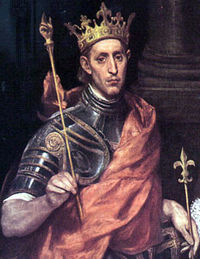 building method, by putting brick in between posts. This method of building continued to be used after the construction of the church. Sadly, in 1788 all the hard work went to waste when the church caught fire and was destroyed. It took five yeas for a new church to be rebuilt and finished in 1794. While people of all races and classes were allowed in the church, it did see a few prominent visitors.
building method, by putting brick in between posts. This method of building continued to be used after the construction of the church. Sadly, in 1788 all the hard work went to waste when the church caught fire and was destroyed. It took five yeas for a new church to be rebuilt and finished in 1794. While people of all races and classes were allowed in the church, it did see a few prominent visitors. 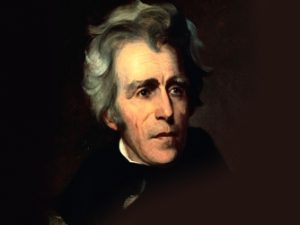 ch has had on New Orleans. The Cathedral is still functioning today and holds a plethora of events, in addition to having a museum. I find this topic interesting for my final project because of how New Orleans is so deeply rooted with connection to different religions and how they are intertwined with the history of the city.
ch has had on New Orleans. The Cathedral is still functioning today and holds a plethora of events, in addition to having a museum. I find this topic interesting for my final project because of how New Orleans is so deeply rooted with connection to different religions and how they are intertwined with the history of the city.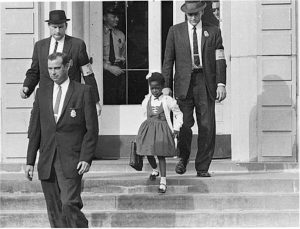 Hundreds of people stood outside of the school the first morning that she was coming and chanted, “Close that school!” It is to no surprise that the white students stopped attending William Frantz Elementary School, but they started to not attend other public schools in the city as well. On November 16, 1960, U.S. Sen. Russell Long pressured the state to try “abandoning the
Hundreds of people stood outside of the school the first morning that she was coming and chanted, “Close that school!” It is to no surprise that the white students stopped attending William Frantz Elementary School, but they started to not attend other public schools in the city as well. On November 16, 1960, U.S. Sen. Russell Long pressured the state to try “abandoning the 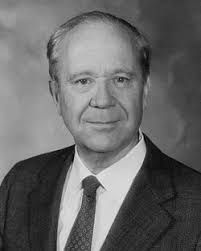 public school system and turning to private schools to maintain segregation.”
public school system and turning to private schools to maintain segregation.” whites had an uproar. They did not want black children in their schools. They wanted to prevent the implementation of desegregation for as long as they could, so the white press created an atmosphere of resistance and fear. However, by 1870 schools across much of the city had been on their way to being desegregated.
whites had an uproar. They did not want black children in their schools. They wanted to prevent the implementation of desegregation for as long as they could, so the white press created an atmosphere of resistance and fear. However, by 1870 schools across much of the city had been on their way to being desegregated.
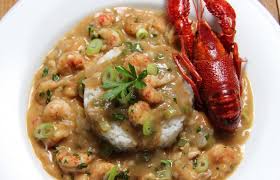



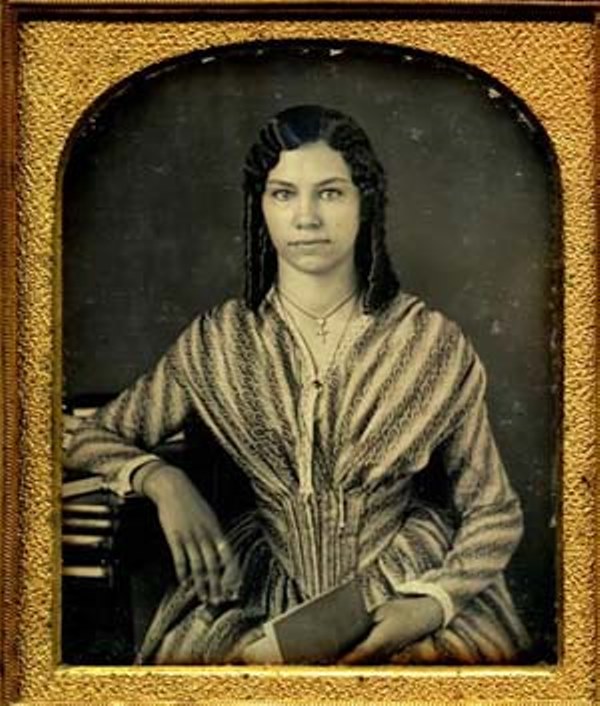
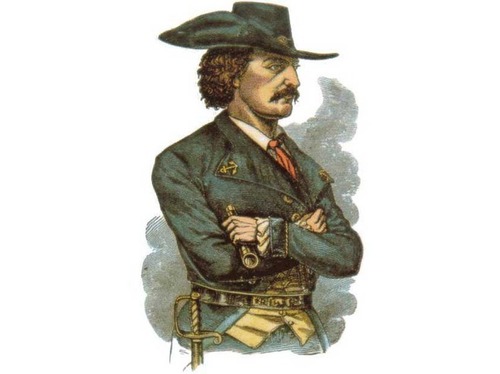
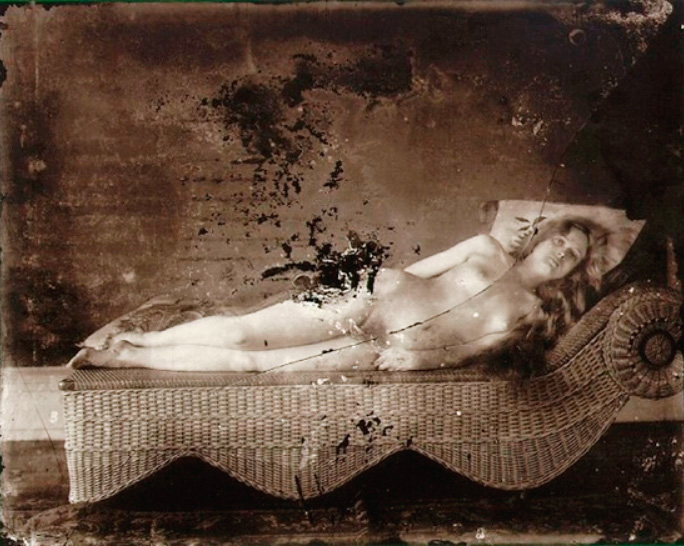
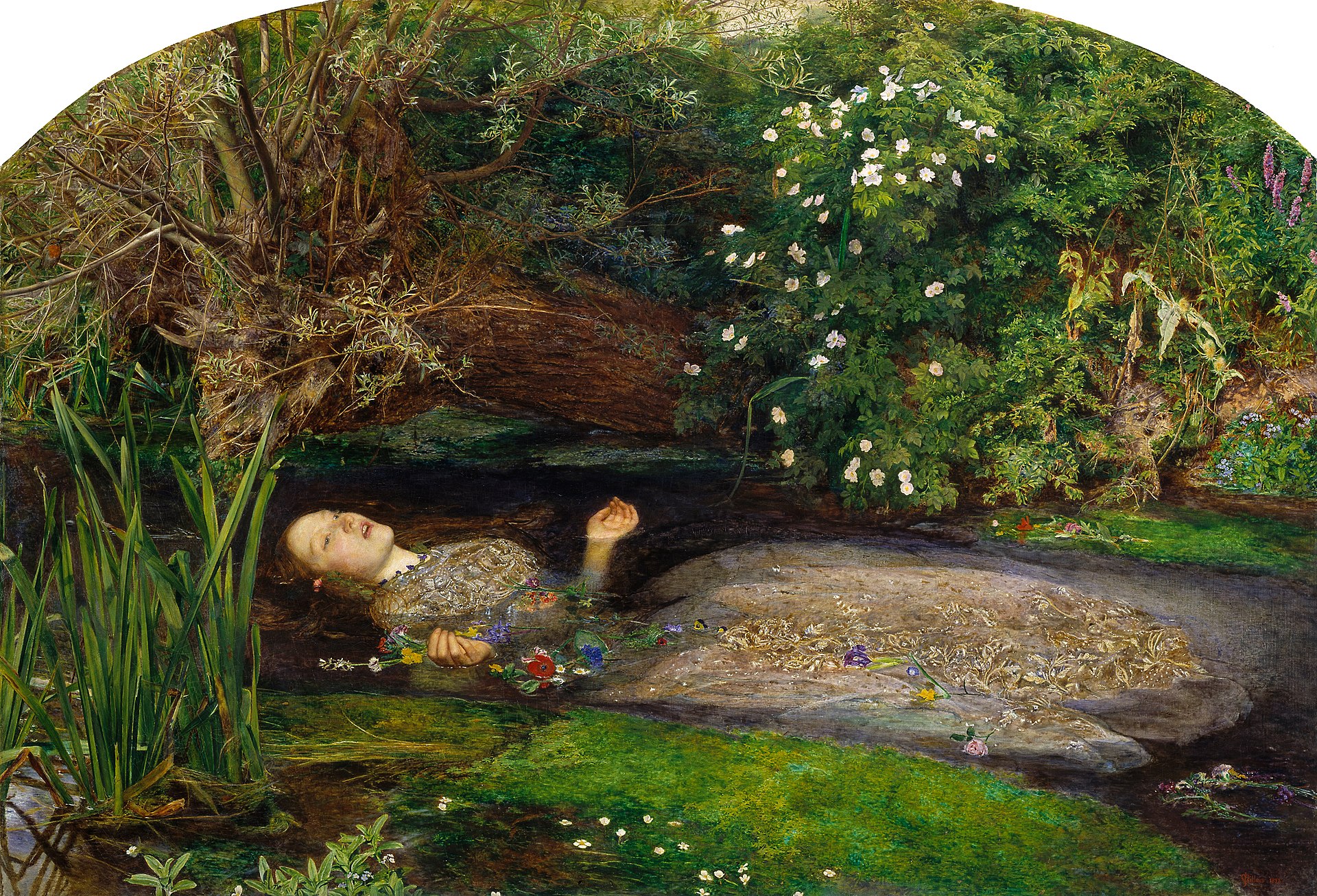
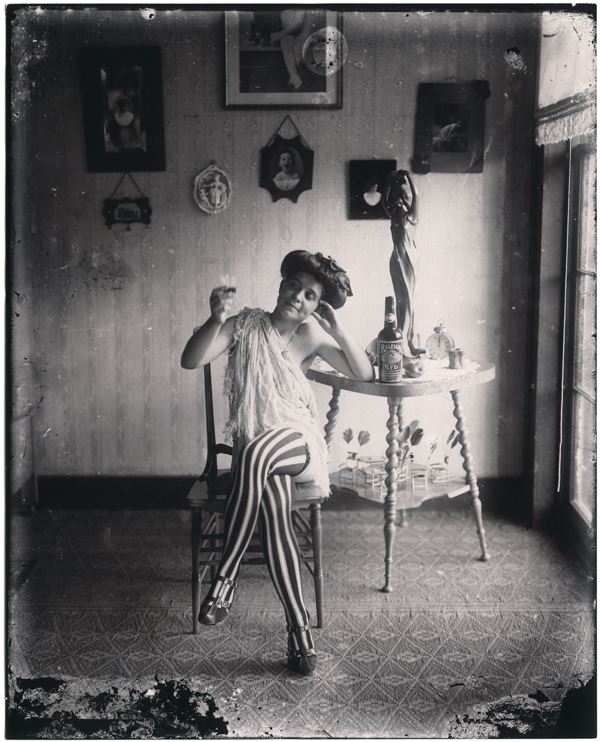
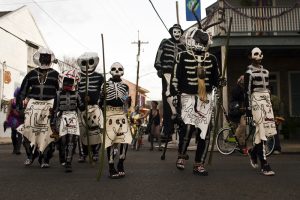

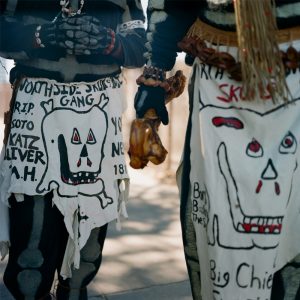

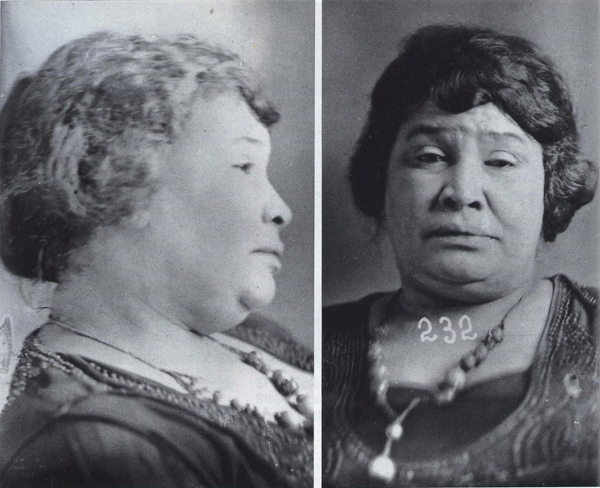

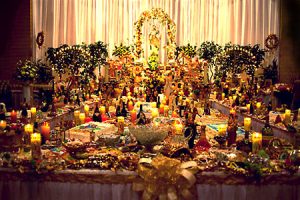


 activities. Storyville was a place for entertainment of all kinds for those looking for a good time. Located next to the French Quarter, Storyville was formed to prevent the legalization of prostitution so it could be contained by city councilman Sidney Story. Prostitution was so popular here they even made guide books called
activities. Storyville was a place for entertainment of all kinds for those looking for a good time. Located next to the French Quarter, Storyville was formed to prevent the legalization of prostitution so it could be contained by city councilman Sidney Story. Prostitution was so popular here they even made guide books called 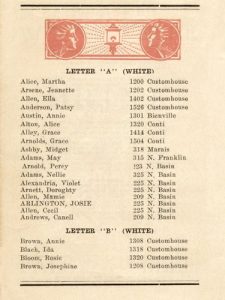 y may have wanted, STD cures, and other nightspots. It is said that Storyville had about 2,000 prostitutes at one time
y may have wanted, STD cures, and other nightspots. It is said that Storyville had about 2,000 prostitutes at one time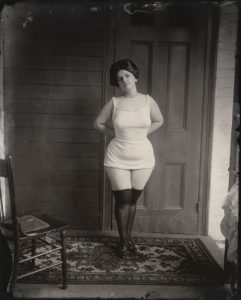 . Aside from prostitution, there were other forms of entertainment. Storyville is said to be the birthplace of Jazz. Many places of entertainment provided jobs to a number of Jazz musicians. Some of the musicians who played in Storyville included Louis Armstrong, King Oliver, and Jelly Roll Morton. Despite Storyville’s immense popularity, it did eventually come to a close. When WWI began New Orleans began to be used as a port for sailors; Storyville was forced to be closed due to its proximity to the armed- service personnel. While people did fight to keep Storyville around, it ultimately could not stay open. Today, all that remains in the area that used to be the red light district are night clubs that romanticize Storyville’s hey day.
. Aside from prostitution, there were other forms of entertainment. Storyville is said to be the birthplace of Jazz. Many places of entertainment provided jobs to a number of Jazz musicians. Some of the musicians who played in Storyville included Louis Armstrong, King Oliver, and Jelly Roll Morton. Despite Storyville’s immense popularity, it did eventually come to a close. When WWI began New Orleans began to be used as a port for sailors; Storyville was forced to be closed due to its proximity to the armed- service personnel. While people did fight to keep Storyville around, it ultimately could not stay open. Today, all that remains in the area that used to be the red light district are night clubs that romanticize Storyville’s hey day.